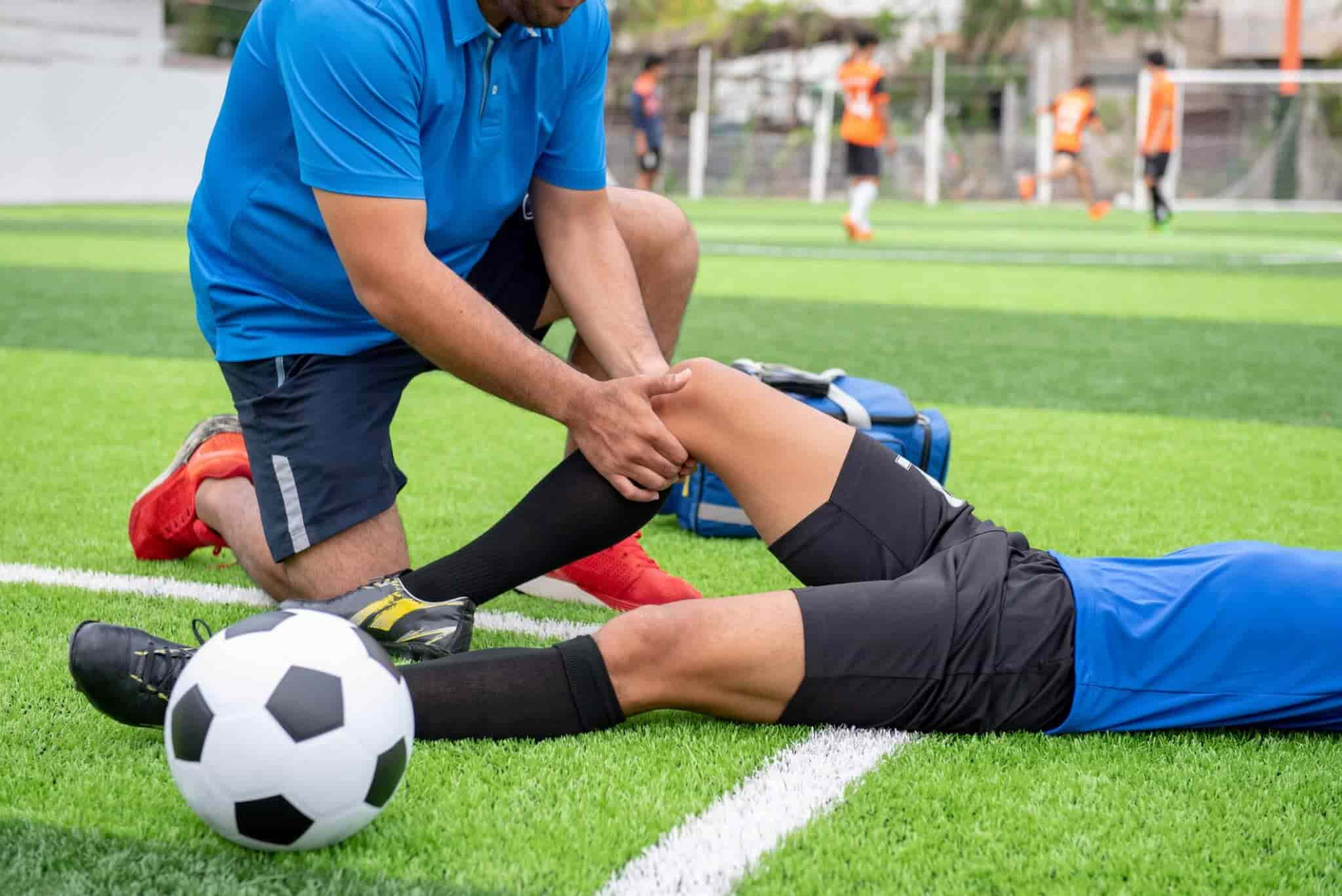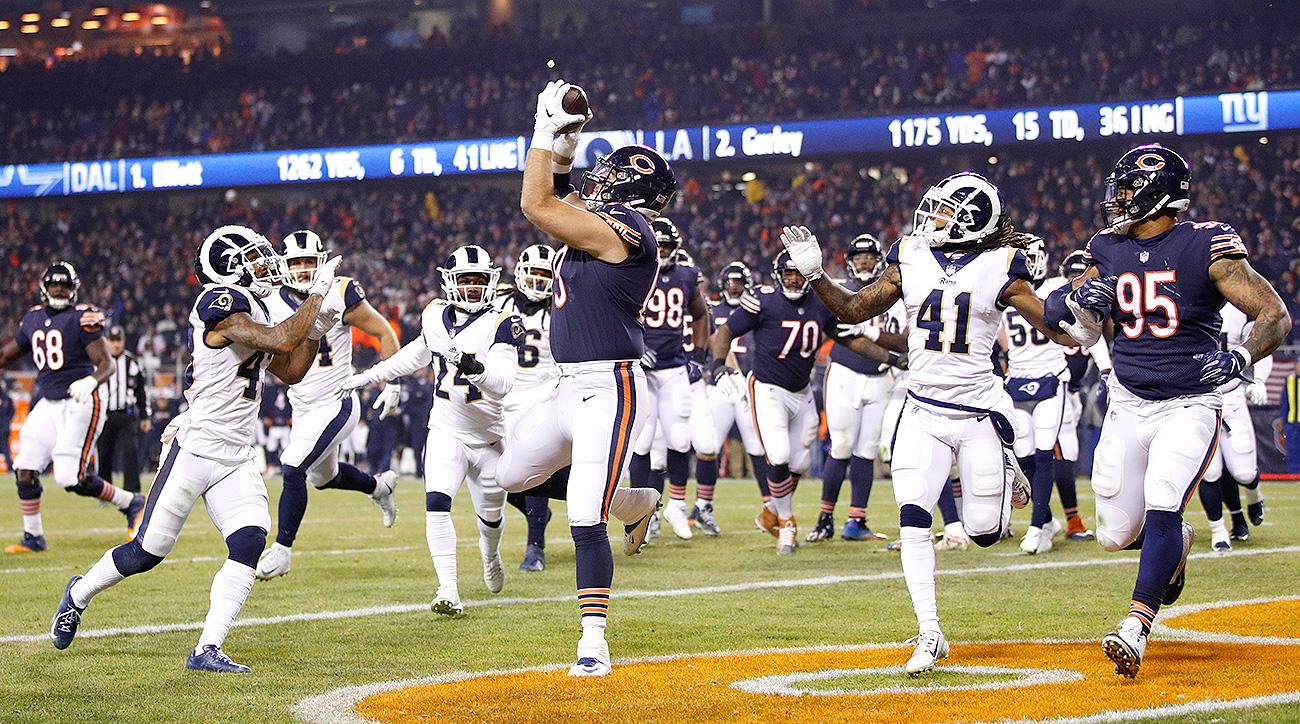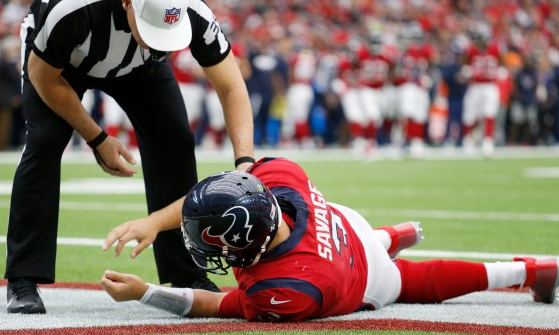Football injuries pose a significant concern within the sport, threatening the safety and well-being of players, coaches, and medical professionals alike. From minor sprains to severe fractures and concussions, the risk of injury looms large in this fast-paced and physical game. To safeguard the health of participants and maintain the integrity of the sport, it is imperative to prioritize strategies for preventing, treating, and rehabilitating football injuries effectively. By implementing comprehensive injury prevention protocols, providing prompt and appropriate medical care, and guiding players through structured rehabilitation programs, football stakeholders can mitigate the impact of injuries and foster a culture of safety and well-being within the sport.
Preventing Injuries
Prevention is the cornerstone of minimizing the risk of football injuries. Coaches and players must prioritize proper warm-up routines before practices and games. Dynamic stretching, agility drills, and cardiovascular exercises help prepare muscles and joints for the physical demands of the game while reducing the likelihood of strains and tears. Additionally, ensuring that players wear appropriate protective gear, such as helmets, shoulder pads, and cleats, can mitigate the impact of collisions and falls on the field.

Technique and Training
Proper technique and training techniques play a crucial role in injury prevention. Coaches should emphasize correct tackling, blocking, and passing techniques to reduce the risk of musculoskeletal injuries. Teaching players how to position their bodies safely during contact and emphasizing the importance of maintaining proper form can significantly decrease the incidence of injuries during gameplay. Furthermore, implementing strength and conditioning programs tailored to football-specific movements can improve players’ physical resilience and reduce the likelihood of overuse injuries.
Recognizing Common Injuries
Despite preventive measures, injuries can still occur during football games and practices. Coaches, athletic trainers, and medical staff need to be able to recognize the signs and symptoms of common football injuries promptly These injuries may include sprains, strains, fractures, concussions, ligament tears, and contusions. Early identification and intervention are critical for providing appropriate treatment and preventing further complications.
Treatment Strategies
When injuries occur, immediate treatment is crucial for managing them effectively and facilitating recovery. The RICE protocol—rest, ice, compression, and elevation—is often employed in the acute phase of injury to reduce pain and swelling. Rest allows the injured tissues to heal, while ice helps decrease inflammation and alleviate discomfort. Compression and elevation further aid in controlling swelling and promoting circulation to the affected area. Depending on the severity of the injury, further medical evaluation may be necessary to determine the extent of the damage. Imaging studies such as X-rays or MRIs may be utilized to assess fractures, ligament tears, or other structural abnormalities.
Rehabilitation
Rehabilitation plays a vital role in helping injured football players return to the field safely and effectively. Once the acute phase of injury has passed, physical therapy exercises are often prescribed to restore strength, flexibility, and range of motion to the injured area. These exercises may include stretching, strengthening, balance, and proprioception drills, tailored to the specific injury and individual needs of the player. Gradual progression back to sport-specific activities, under the guidance of medical professionals, ensures a safe and successful return to play while minimizing the risk of reinjury.
Preventing Recurrence
To prevent recurrence of injuries, players must adhere diligently to their rehabilitation program and gradually reintroduce themselves to full-contact practice and game situations. Coaches and athletic trainers should monitor players’ progress closely, addressing any lingering issues or concerns that may arise during the rehabilitation process. Additionally, implementing injury prevention strategies such as proper warm-up routines, technique drills, and strength and conditioning programs can help reduce the risk of future injuries and promote long-term player health and well-being.
Conclusion
Football injuries are an unfortunate reality of the sport, but with proper prevention, treatment, and rehabilitation strategies in place, players can minimize their risk and recover effectively when injuries do occur. By prioritizing player safety and well-being, coaches, athletic trainers, and medical professionals can ensure that football remains an enjoyable and rewarding experience for all involved. Together, we can continue to promote a culture of safety and excellence in football, allowing players to compete at their highest level while minimizing the impact of injuries on their performance and long-term health.




